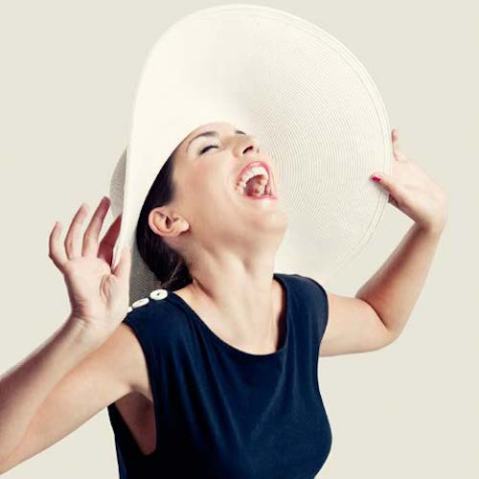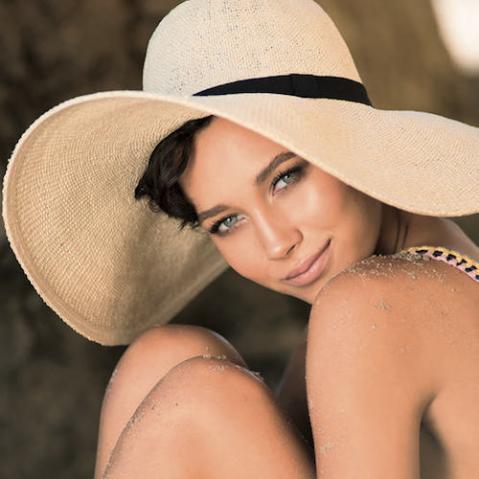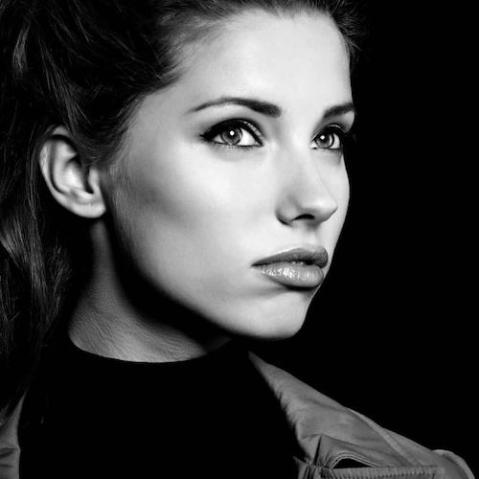Three-point and four-point lighting: an introduction
You might well have heard the terms ‘three-point lighting’ and ‘four-point lighting’ used liberally in the film-making community, but what do they mean, what do they comprise, and what do they look like for your films, videos, and movies?

Three-point lighting is a standard method used in video production. By using three separately positioned lights—the key, fill, and backlight—the photographer can light the subject however they want, while also controlling the shading and shadows produced by direct lighting.
Key
The key light is the main light on your subject, and should be positioned so that it illuminates as much of the subject from the front as possible. Due to the fact that there will be too much shadow on the opposite side of the subject to the key light, a fill light must be introduced to even out the subject’s features. For the fill light, you can use either a powered light or a reflector. Both of these will work, so long as the subject is properly lit.
Fill
The fill light fills in the darker, shadowed areas that the key light cannot reach. The shadows created by the direct key light are illuminated and filled in, controlling contrast and correcting shadows. Utilizing a diffused light as the fill light creates a soft and even effect—a good choice as the purpose of a fill is to assist the key light in evenly lighting the subject. A fill light will help to avoid an unintended chiaroscuro effect—a stylized and highly contrasted look of light and dark features. This can have a very harsh and unflattering effect on a person’s face, so keep an eye on your setup when lighting people.
 Three-point lighting: The key, fill, and backlight shape your subject’s features and separate them from the background.
Three-point lighting: The key, fill, and backlight shape your subject’s features and separate them from the background.
Backlight
Also referred to as a rim, hair, or shoulder light, the purpose of a backlight is to separate the subject from the background.
The rim light adds dimension and contrast to the shot and serves to help focus the viewer’s attention on the subject by highlighting their outline. The backlight is positioned behind the focal point and creates a rim of light subtly or sharply outlining the intended subject. The highlighted outline is what enhances the separation between the background and foreground. The backlight should be positioned back three-quarters either on the left or right of the subject.
Note the position of your backlight and play around with it. Is the light above or below the eyeline? This can affect the mood and overall look of the image. The treatment of your rim light can vary in orientation, colour, and intensity.
Kicker
A kick or kicker light is very similar to a backlight in that it is positioned behind the subject. However, instead of only creating a very fine outline around the subject, as the backlight does, the kick light actually casts an intentional shadow onto the visible side of the subject.
Four-point Lighting

Four-point lighting consists of exactly the same setup as three-point lighting, with an additional fourth light dedicated to illuminating the background.
 Four-point lighting: The addition of a fourth lamp enables you to highlight the background of the scene.
Four-point lighting: The addition of a fourth lamp enables you to highlight the background of the scene.
The Moviemaking With Your Camera Field Guide is Olivia Speranza’s guide that shows you how you can build on what you already know to create truly spectacular movies with your camera in whatever genre you choose. It introduces everything from the language of film and basic equipment you will need, to the art of post-production and publishing your new work.
 The Moviemaking With Your Camera Field Guide
The Moviemaking With Your Camera Field Guide
Olivia Speranza
Buy it now!
RRP for print edition: £8.99






